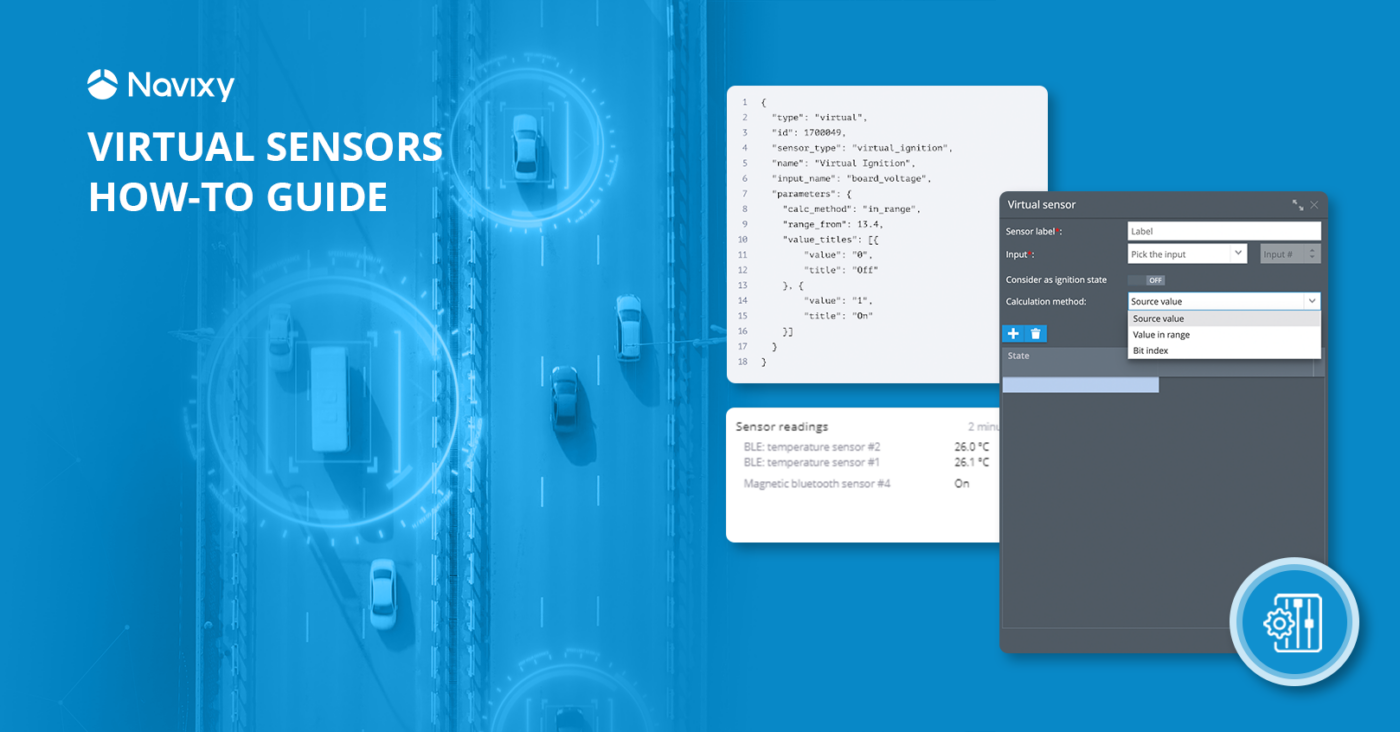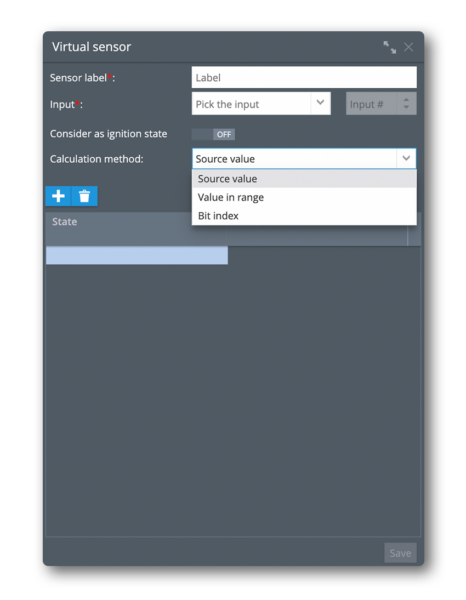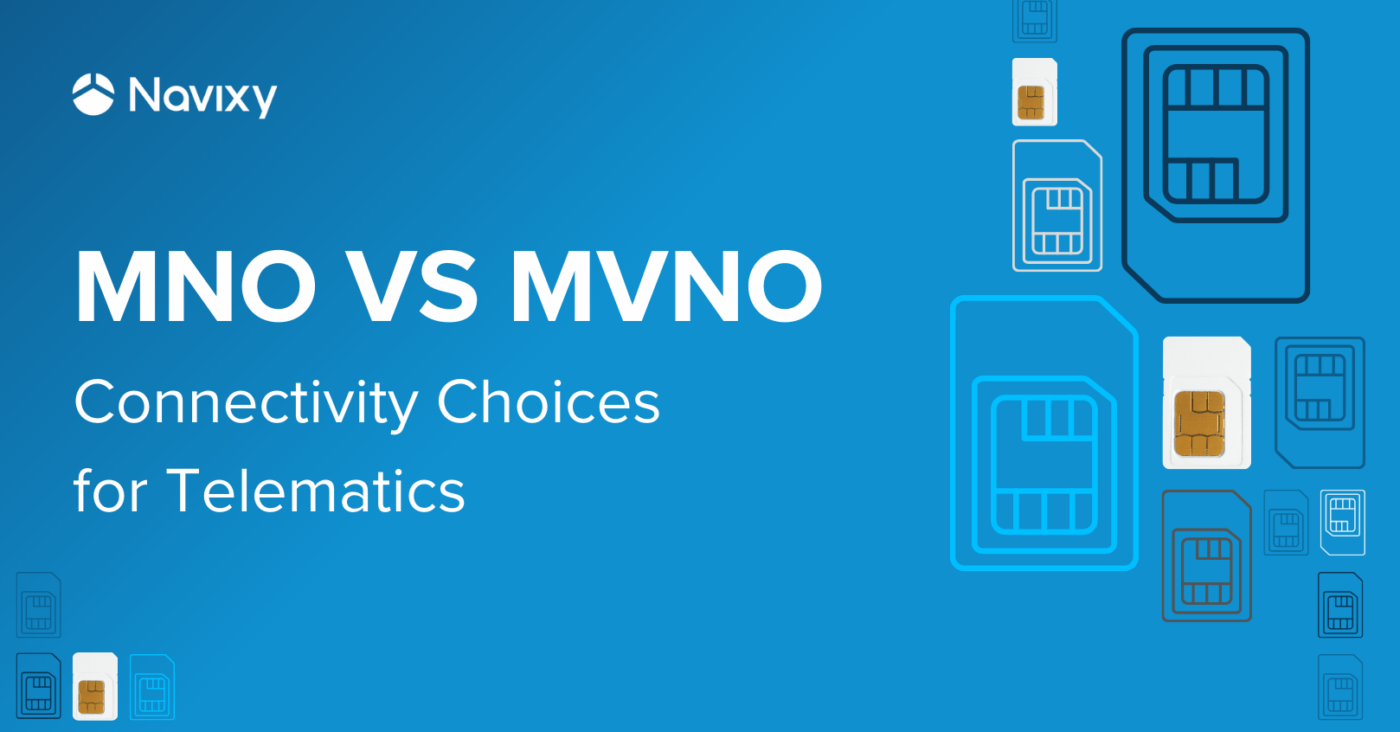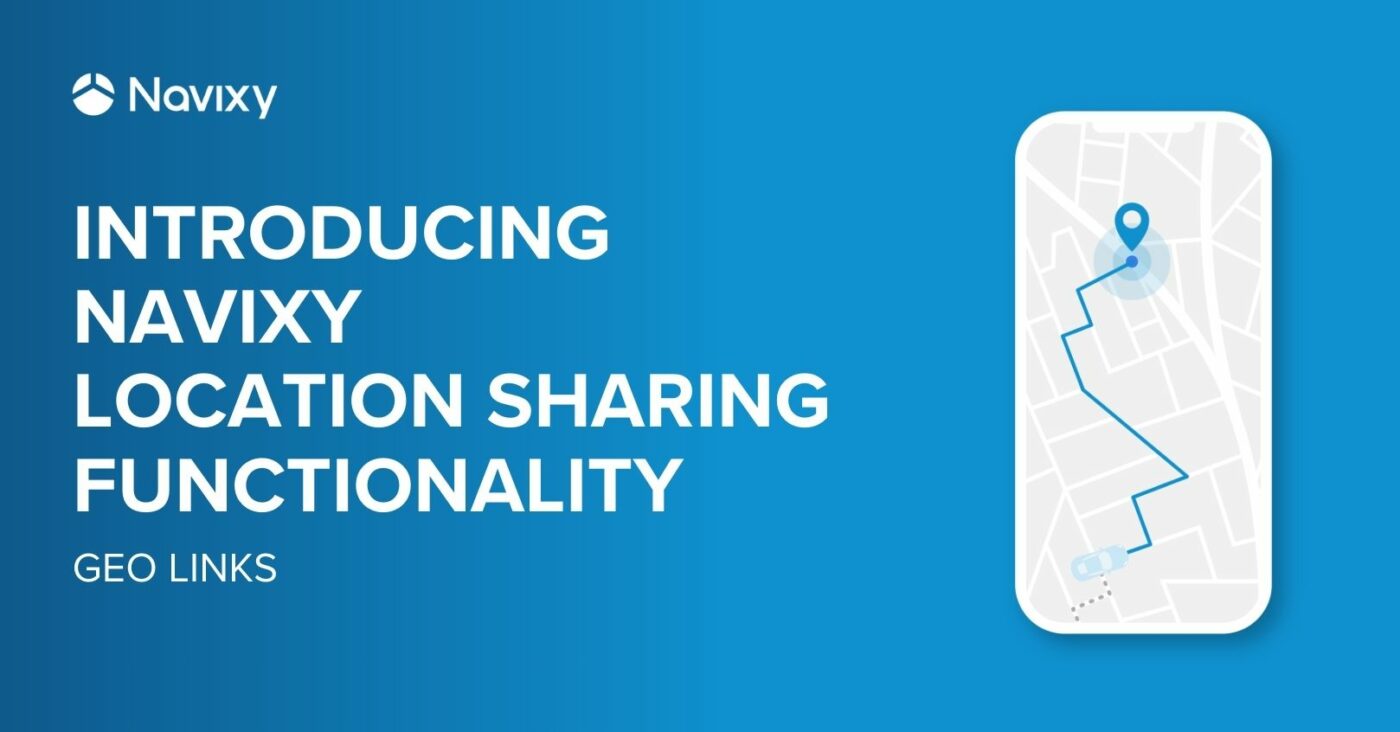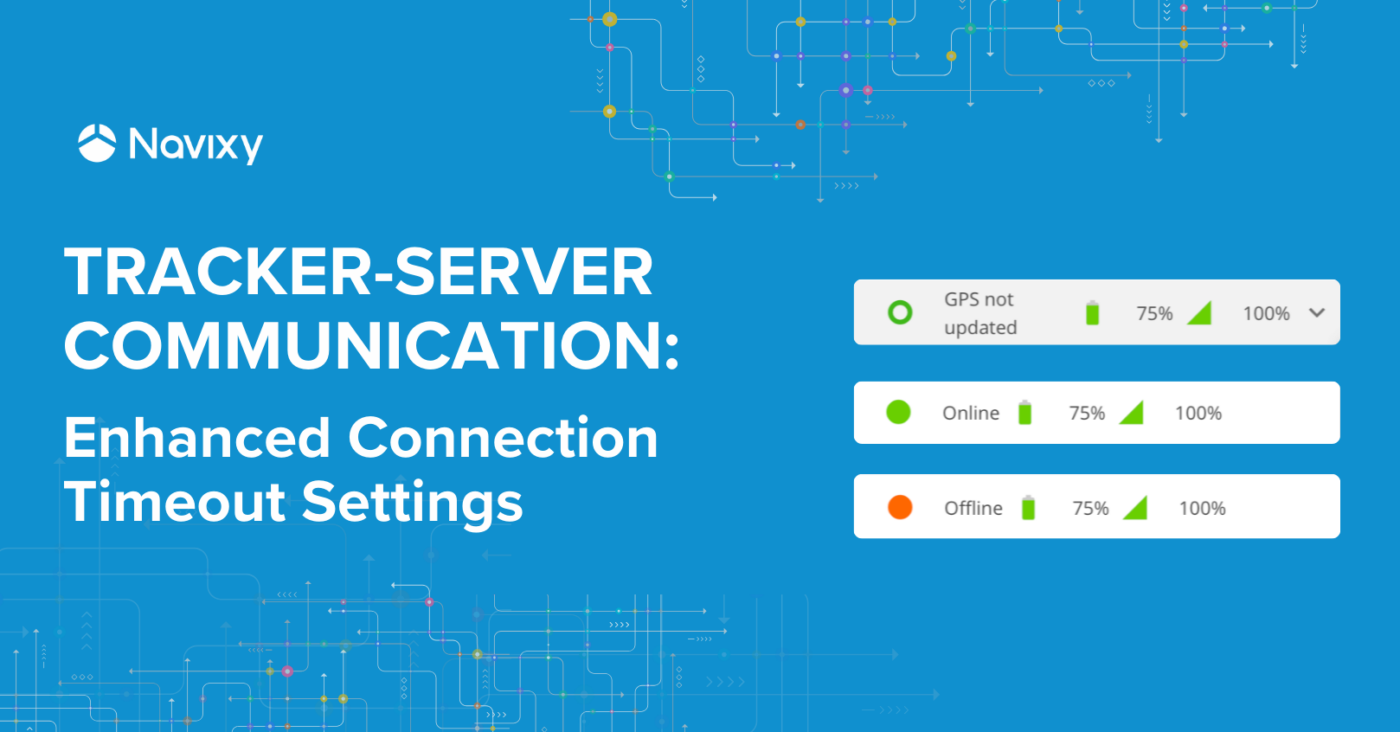In our previous blog post and video, we introduced the concept of virtual sensors in Navixy, catering to the growing needs of telematics professionals. Virtual sensors can be a significant help when interpreting and transforming raw data from physical device sensors into actionable insights. They add an extra software layer that allows you to process numerical, categorical, or bitwise data from various sensor types using no-code tools or simple programming.
Now, in this follow-up article, let’s focus further on their practical implementation and equip you with the technical know-how to effectively leverage Navixy’s virtual sensors in real-world scenarios. With a hands-on approach, we will delve into the nitty-gritty of configuring virtual sensors, obtaining sensor readings, generating reports, defining rules for real-time alerts, and using the respective APIs.
Simplified implementation with no-code virtual sensors
The easiest way to begin utilizing virtual sensors is through Navixy's no-code functionality. The platform offers a user-friendly interface that simplifies data usage for basic actions, particularly notifications based on sensor data.
The key benefit lies in effortlessly transforming raw data into more interpretable and convenient formats. Depending on your sensor types, you can work with numbers, text values, or bits of information, converting them into meaningful parameters for monitoring. These parameters can be visualized in real-time, viewed in reports, or used to trigger alerts depending on predefined thresholds or specific values.
Based on our customers' experiences, common use cases involve securing movable property, monitoring special vehicles and machinery, cargo tracking, enhancing driver safety, and accessing extensive data from the vehicle's CAN bus. For further details on applying virtual sensors in these and similar scenarios, please refer to the dedicated section in our technical documentation.
Programming with virtual sensor API
For more advanced applications and tailored integrations, Navixy's API capabilities are invaluable resources for integration specialists and software engineers. The Rest API and Websocket API provide extensive access to virtual sensor functionalities, enabling integration into various monitoring scenarios.
Below is an example of the parameters that a virtual sensor object consists of for virtual ignition.
{
"type": "virtual",
"id": 1700049,
"sensor_type": "virtual_ignition",
"name": "Virtual Ignition",
"input_name": "board_voltage",
"parameters": {
"calc_method": "in_range",
"range_from": 13.4,
"value_titles": [{
"value": "0",
"title": "Off"
}, {
"value": "1",
"title": "On"
}]
}
}For example, developers can programmatically interact with virtual sensors to read data from BLE beacons and obtain information about their proximity to GPS devices. This functionality enables the efficient tracking of stationary objects, providing insights into usage times, trip details, and location information. By installing BLE beacons on agricultural machinery, construction equipment, or goods in warehouses, system integrators can reduce the risk of loss and optimize productivity for their clients in various industries.
Thanks to their versatility, Navixy’s virtual sensors can be applied in diverse use cases. In our technical documentation, we provide more practical examples that demonstrate how to work with virtual sensors via APIs, making them extremely valuable for application development and system integration.
In summary
Virtual sensors offer telematics professionals an efficient tool for handling data from physical sensors. By acting as a bridge between the physical sensors and the digital realm, they simplify the data handling process, reducing the complexity of sensor data management and analysis. Navixy's approach combines user-friendly, no-code tools with sophisticated programming capabilities, enabling system integrators, software developers, and implementation specialists to fully harness the potential of telematics data in real-world applications.
We invite you to start the Navixy trial and embrace the future of telematics and IoT with virtual sensors. Don't forget to subscribe to our newsletter and follow us on social media to stay updated with the latest trends and developments. Here's what else you might find interesting:
